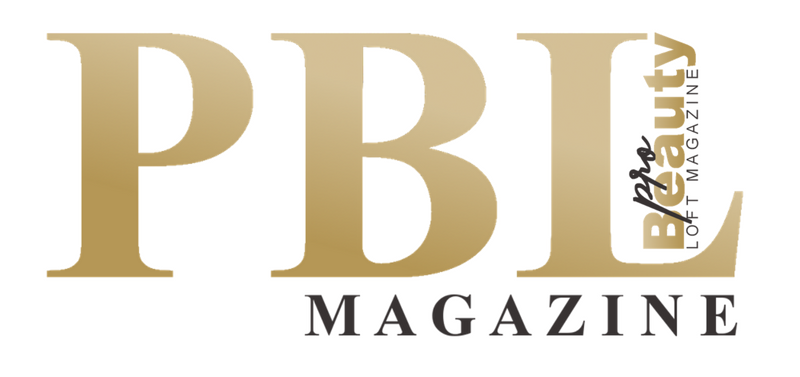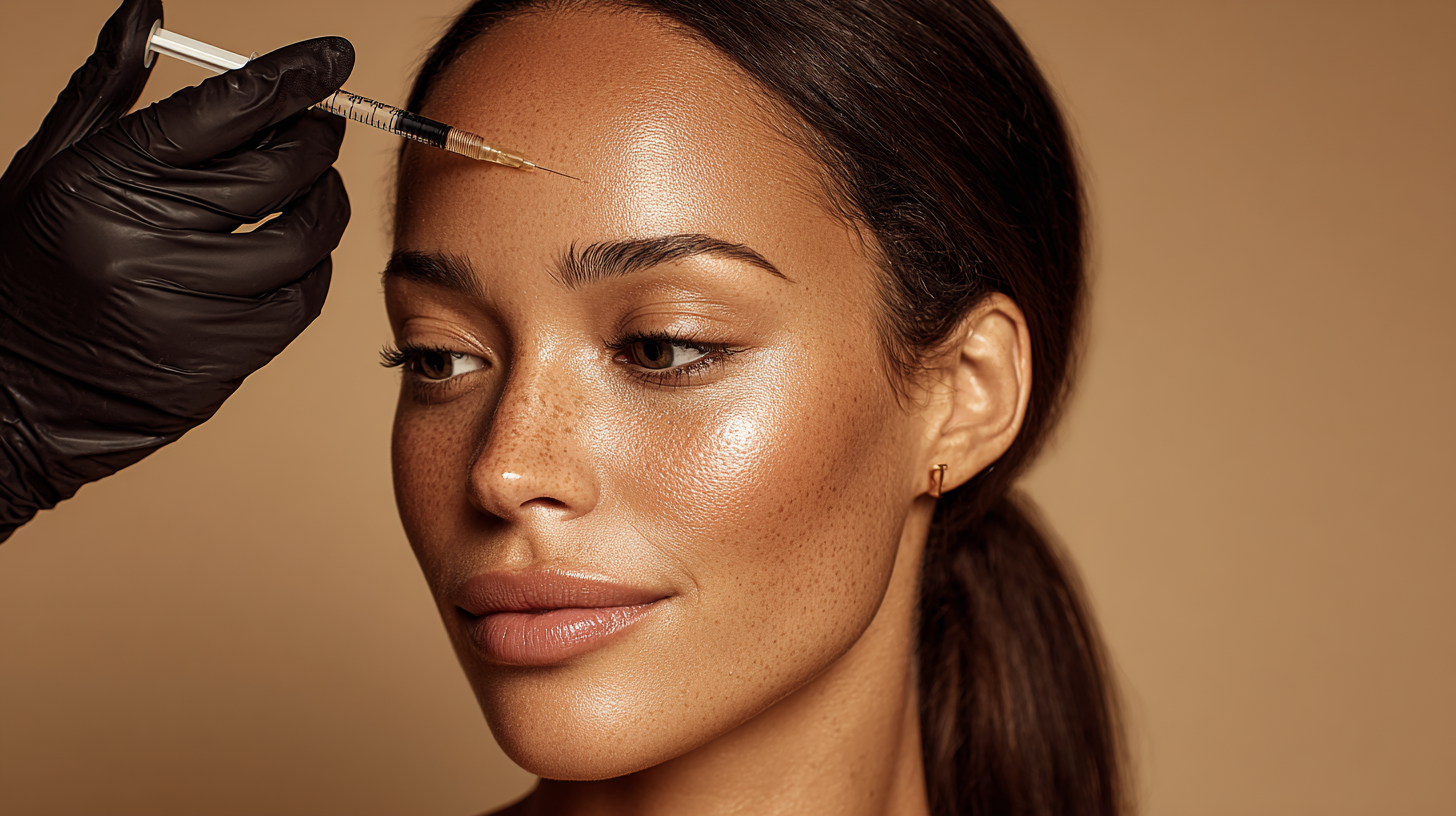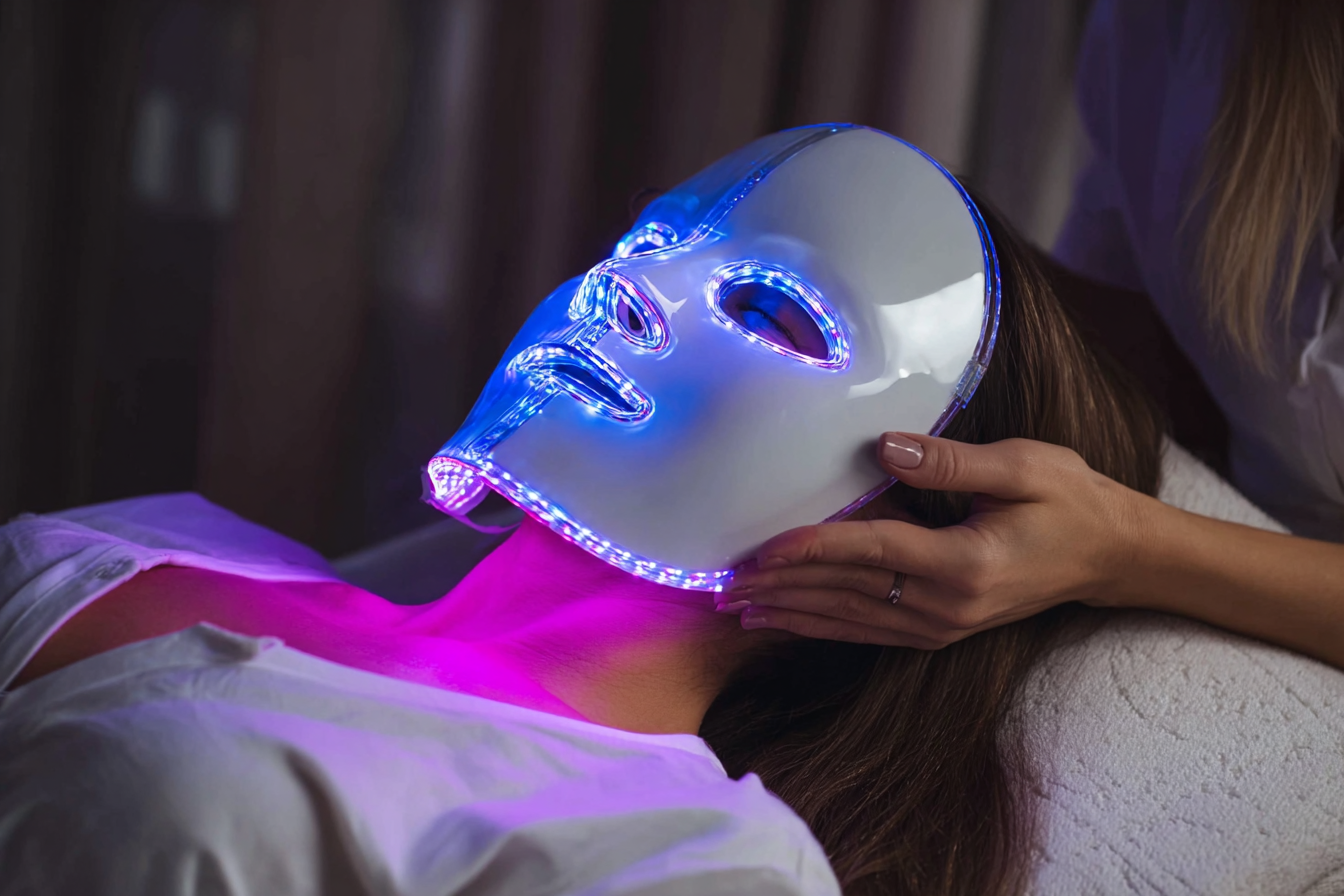Beautification vs. Correction in Aesthetic Medicine
Dr Jennifer Owens is one of Ireland’s leading aesthetic medicine practitioners and the founder of The Glow Clinic, an award-winning destination for personalised, results-driven aesthetic care. With a background as a qualified dentist and a Master’s degree in Aesthetic Medicine from St Barts, London, Dr Jen combines clinical expertise with artistic sensibility, offering advanced treatments that range from injectable therapies to energy-based skin procedures such as Sciton BBL and MOXI. At The Glow Clinic’s Dublin and Cork locations, she leads a team dedicated to a holistic, health-first approach, delivering tailored treatments that enhance natural beauty while maintaining harmony and balance. With international speaking and teaching experience, numerous awards, and a reputation for meticulous, patient-centred care, Dr Jen brings both credibility and a nuanced understanding of aesthetics to every treatment and a perspective that informs her approach to the delicate interplay between beautification and correction.
One of the most fascinating aspects of aesthetic medicine is the interplay between beautification and correction. At first glance, these might seem like clear categories - beautification being the pursuit of enhancement, and correction being the restoration of what time, genetics, or circumstance have taken away. Yet in practice, the line between the two is far less distinct.
Defining Beautification and Correction
Beautification treatments are often sought by younger patients who are already within their natural youthful baseline but wish to amplify certain features. A common example is lip filler in a patient in their early 20s - not necessarily to “fix” anything, but to emphasise, enhance, and beautify.
Correction, on the other hand, usually arises when a feature looks incongruous with a person’s age, vitality, or inner self. For example, a 24-year-old with pronounced under-eye hollows who feels they constantly look hungover or exhausted. At that age, the “upside of youth” should be freshness and energy - so restoring that doesn’t feel like enhancement so much as correction.
In older patients, correction often means restoring what has been lost: the return of volume to a flattened midface, softening lines that make someone look cross or unapproachable, or treating downward shifts that create an impression of sadness. These are restorative acts - returning patients to how they feel they should look, or even how they did once look.
The “Designed Self” Concept
As practitioners, many of us recognise a moment during treatment when harmony is restored. It feels less like creating something new and more like unveiling what was always meant to be there. Patients often describe it as looking more like themselves again. This raises a compelling idea: correction isn’t always about restoring a past state, but sometimes about fulfilling an aesthetic blueprint that was never fully expressed (for example, a patient with underdeveloped maxilla).
Where is the Line?
Is there an objective measure of where beautification ends and correction begins?
Could it be based on how “naturally beautiful” someone is?
On how far outside of balance their facial features sit?
Or is it more about the subjective experience of the patient?
In reality, the distinction is rarely clear-cut. A patient’s perception and emotional response often define whether a treatment feels like correction or beautification. When something feels “off” and is gently brought back into balance, that’s often experienced as correction, even if from the outside it looks like enhancement.
The Role of Psychology
The grey area deepens when we consider mental health. In patients with body dysmorphia, even a small perceived flaw can dominate their sense of self. Here, what might look like beautification or minor correction to an injector takes on outsized importance to the patient - sometimes to the detriment of their wellbeing. This is where our role becomes less about beautification or correction, and more about careful assessment, boundaries, and patient safety.
Beautification and correction are not mutually exclusive but exist on a spectrum - influenced by age, genetics, facial balance, and most importantly, the patient’s own state of mind. As practitioners, our responsibility is not only to understand anatomy and aesthetics but also to discern where a treatment sits on that spectrum, and how it will truly impact the individual before us. At its best, aesthetic medicine is not about changing people, but about helping them feel more authentically themselves - whether that comes from beautification, correction, or somewhere in between.








